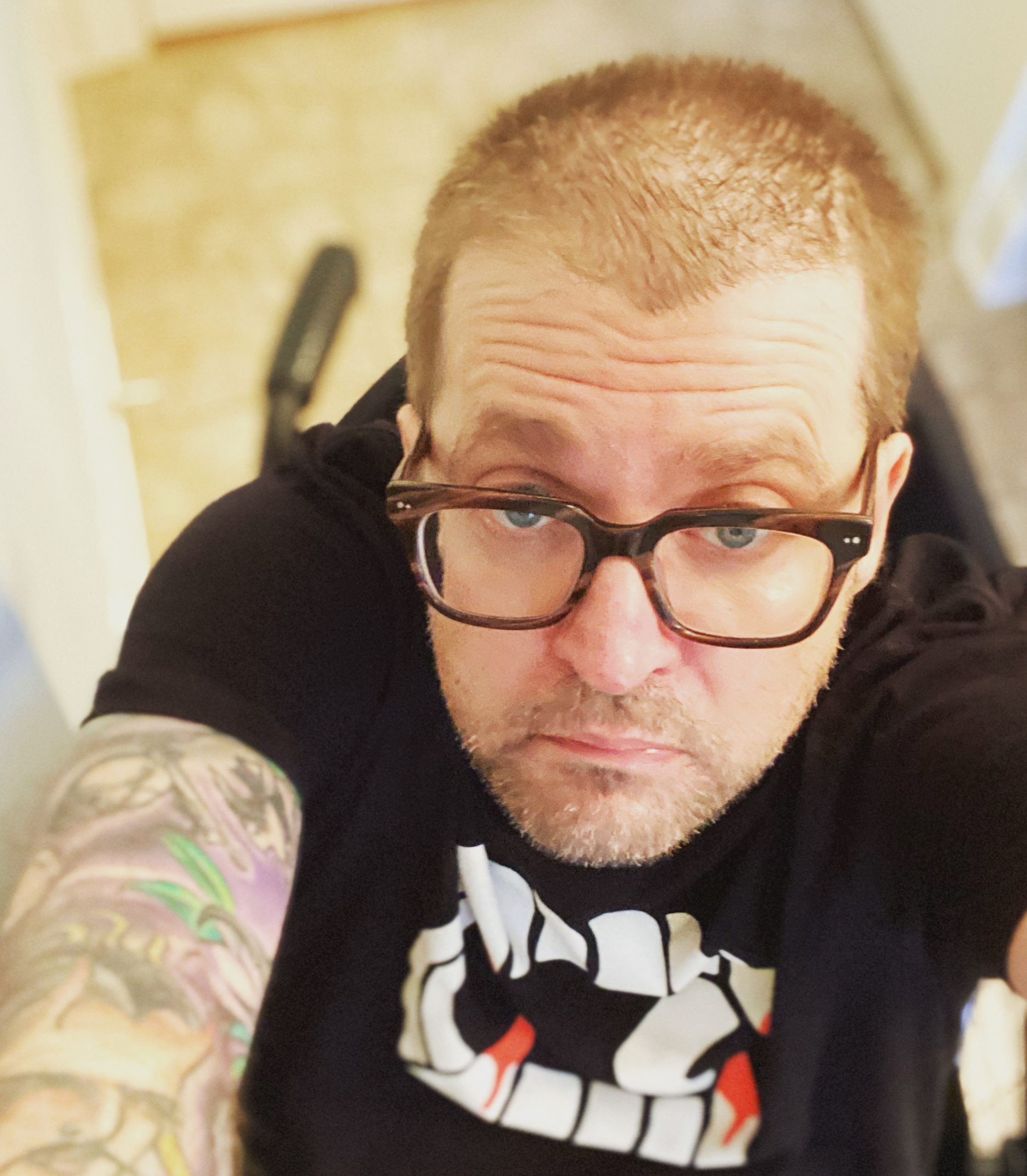
The first photograph of a human being was taken by accident in Paris 1838. Although you may not know it at first.
The metal photo plate at first glance shows a lonely street scene – highly textured buildings, desolate, receding into a fog – the corners of the image darkened – like an edges of a burnt cookie.
The street depicted seems hauntingly empty and still. The fasionable shops, the bustling cafes, the theatre crowds weirdly missing. People, carriages, animals, – all gone – as if they were never there. The stone buildings dormant, lifeless, placid. The street seems holding its breath. No wind, even the clouds are missing.
Of course the exposure time for one of these copper plates to burn an image was a little over ten minutes. Anything moving just didn’t get captured. Unable to grasp fleeting images, they slid off the plate and ghosted away – like a shadow drifting over a face, not touching, not registering. The long exposure time blurred all movement away. Only the stable , the rooted, the slow remained.
One can eventually discern there is a man in this picture. Hard to notice at first , He stands with one leg out at 90 degrees. He was having his shoes shined centuries ago and because he was still when it was taken, his image was stuck in the amber of the daguerreotype. He was happily unaware that he was the first human image captured. Captured doing something almost embarrassingly mundane. It is as if all the living things around him had vanished, leaving him to be gawked at by future beings.
My aunt Rose is the type that takes photos without really looking through her camera. It drove me crazy to try and wrap my head around it. She would use her phone to quietly snap pictures unnoticed, pretending to just be playing candy crush or doom scrolling. You could always tell if a photo was created by Rose because of the super weird specificity to them. They were distinctly alien looking.
Her photos were almost aggressively and oddly cropped – her subjects often out of focus. Many times they stood partly or mostly out of frame. Relatives were captured with their eyes half closed , their mouths slack jawed and open, or worse, filled with food. Her photos were’t particularly flattering – they reminded me of those cruel pictures one might see on a “people of Walmart” facebook page. She seemed to flagrantly reject all notions of basic composition – no rules of thirds, no hierarchy of information, the exposure times left wildly to chance. For the most part her photos were indecipherable, abandoning all conventions of visual communication.
They were a kind of a private language for her. They weren’t interested in communicating anything to anyone. In fact I think they went out of their way to be uncooperative. I think for her, picture taking was a ritual action. Holding the camera a five or six inches from her face, briefly glimpsing through the viewer, roughly smashing the button to take the photo, spending much more time talking to her targets than looking at her screen , in fact often not even glancing down at the screen. The snap shot a declaration that the event was noteworthy. That it was important. The photo taking was like a tithe, a gesture, a physical marker of time.
These photos functioned as receipts, as bookmarks…as a kind of odd counterfeit , or postcard , a place holder … the same way some people who have trouble discarding books after having drained them of information – cling to the physical books like commemorative monuments to ideas they don’t want to lose. to forget. Like gravestones, something physical , and heavy that takes up space. something the represents the space missing from the loved ones departure.
Most of the family would keep an eye out on the social media to untag themselves from any photos she might have posted.
Photography literally means “written with light”. Many thought because nature was the author of these photographs, that light itself was the artist, it was be more honest. more raw, more trustworthy. more pure.
Artists were wildly unreliable narrators, interfering with their images based on petty emotions or fleeting politics or even the fads of art history. Photos were made by light, by machines. The camera had no use for such distractions.
Spiritualists definitely thought this. Ghosts, spirits, apparitions – all over the place, clustered like germs, underfoot and unseen around us. Unnoticed until ruthlessly revealed by this machine. The camera was like an ouija board. More eye than old fashioned eyes.

By Paul DeLong
On November 27, 2022
This piece has strong publishable elements. It was very informative to me, and even though it’s obvious, I’ve never encountered the phrase “written with light” in this context.
By Rob Stephens
On November 27, 2022
Thanks. Paul DeLong ! That is very kind : )